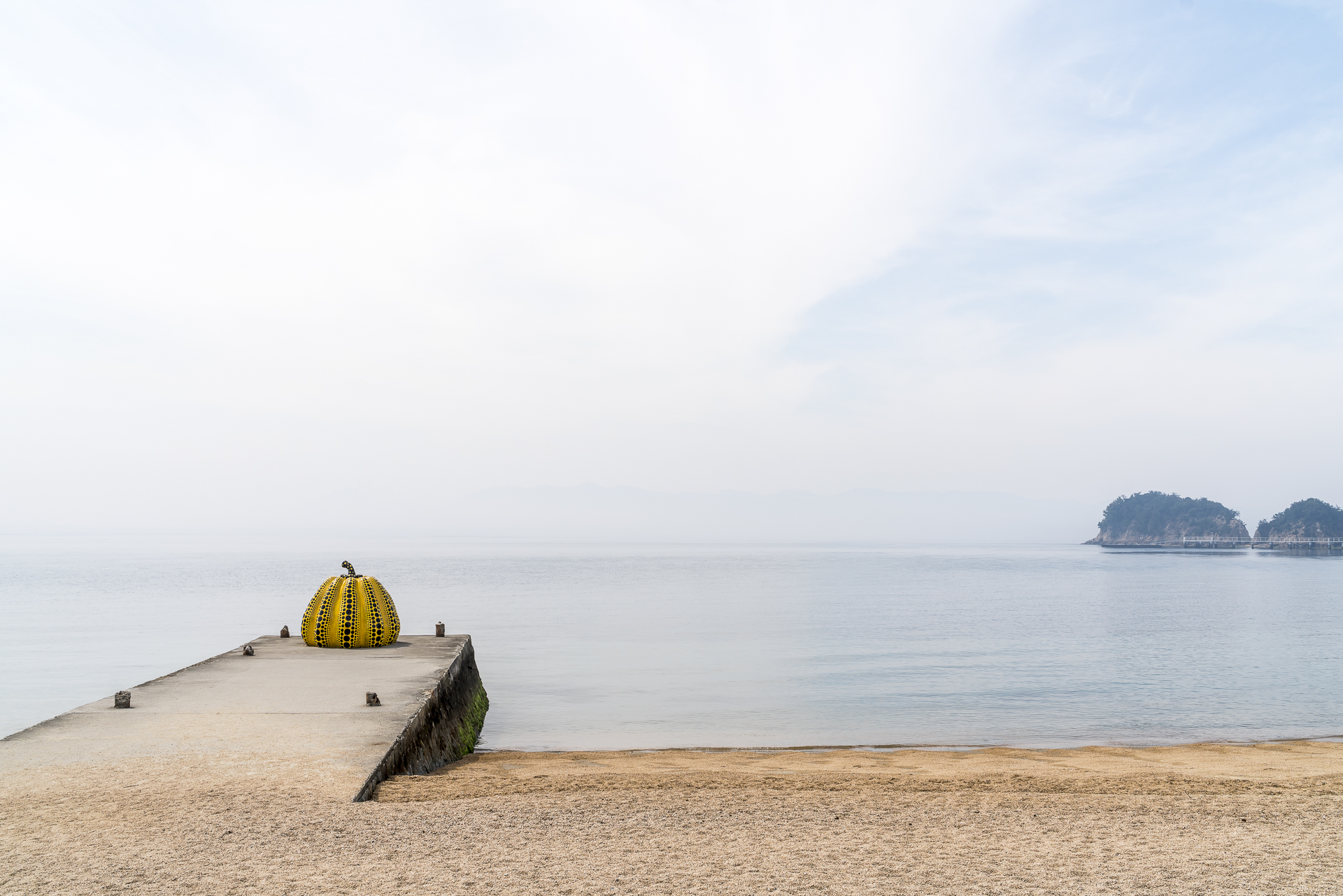
Contrast program: From the art island of Naoshima to historic Kurashiki
The fascinating art island of Naoshima popped up on my travel radar long before we actually planned our trip to Japan in conversation with colleagues. “Sounds exciting,” I thought, and informed myself about this surreal project, which the publishing house Benesse Corporation from Okayama started in the 1990s. The declared goal: to make art come alive in the open air. When we were looking into our itinerary through Japan in detail last fall, it was clear to me that a detour to Naoshima had to be in the cards. At the same time, we found out that there are other exciting places to visit around Okayama and it is therefore worth spending several days in the region.
Afterwards, we had to decide whether we would take a fixed base for several days and go on day trips to the sights or whether we would “change” accommodation every day. We chose the latter. Both Naoshima and Kurashiki not far from Okayama are popular day trip destinations and accordingly it is worthwhile to avoid the tourist flow with an overnight stay on site. Even though the daily change of accommodation is associated with hectic (even just the respective check in the hotel room to make sure nothing was forgotten), the additional stress was worth it during our three-day exploration tour in the Okayama region. In addition, two of the three overnight stays are among our Japan highlights. On the one hand, the overnight stay in the Benesse Park Hotel on Naoshima, planned by Tadao Ando, and on the other hand, the overnight stay in a traditional ryokan in the middle of the historic district of Kurashiki.
Colorful: The sights of Okayama
The capital of the prefecture of the same name, Okayama, is located between Osaka and Hiroshima and, thanks to its good transport connections, is the main starting point for exploring the region. The journey from Shin-Osaka to Okayama takes about 45 minutes by Shinkansen. In the middle of the route, Himeji with its famous castle is a good place to stop. Two to three hours are enough to visit the castle and the gardens around it. Large lockers are available for luggage at Himeji Station (even the 110l duffle bag fit in).
In the early morning we reach Okayama and check in at the centrally located Hotel Excel (50 CHF for 1 night in a double room). The hotel is nothing special in itself, but it is well located for exploring the sights of Okayama on foot. Hungry, we first look for a restaurant and end up at “Cozzy’s”. There are no Japanese dishes on the menu here, but burgers – which taste really good! In the meantime, the day is already well advanced and the light is perfect for visiting Okayama Castle and Koraku-en Garden. To my surprise, there are only a few other tourists and I can take a look at the castle and the garden at my leisure. The garden in front of the castle is accessible free of charge. Entrance fee is only required for the visit of the castle itself. But since we have already visited the castles in Hikone and Himeji and found both moderately exciting, I will skip this part.
Instead, I walk in the evening light across a bridge that connects the castle to the Koraku-en Garden on the opposite side of the Asahi River. The Koraku-en Garden is one of Japan’s three most famous gardens, along with the Kenroku-en Garden in Kanazawa (which we also visited) and the Kairaku-en Garden in Mito. I enjoy having the garden practically to myself and roam through the extensive grounds for over an hour until shortly before closing. We end the day in the restaurant al Bacio. I discovered the nice little pub on the way to the restaurant Cozzy’s and immediately reserved a table for the evening. Al Bacio serves Italian-inspired cuisine made with local produce. Definitely recommended as a change from sushi, ramen, udon noodles and co.
Mystical: The Art Island of Naoshima
The next morning we set off early towards Naoshima. The island is connected by ferry via the port of Uno as well as via Takamatsu. If, like us, you are travelling with the Japan Rail Pass and start in Okayama, you will save a few francs if you travel to Naoshima via UNO. The ferry is cheaper on this route (round trip ticket 510 yen per person). If you’re lucky, you’ll catch a direct train from Okayama to Uno. In the case of the connection we have chosen, we will have to change trains at Chayamachi Station. The connecting train stops on the same platform.
On Naoshima, after several attempts, I managed to book a room at the Benesse Park Hotel. The rooms belonging to the Benesse Art Site (Park, Beach, Oval) can only be booked directly via their website (or at most via tour operators) and the system behind them is not entirely logical (at least not for me). There are other (cheaper) accommodation options in smaller inns on Naoshima, but only in the park/beach/oval you are in close proximity to the museums and the open-air sculpture park. The overnight stay at the Benesse Park Hotel, including a multi-course dinner and breakfast, cost us 580 CHF. It’s expensive, but it was worth every single franc to me. The benefit of the expensive overnight stay includes the included shuttle service across the island as well as admission to the Benesse Art Museum.
And so we hand over our luggage to the hotel concierge directly at the harbor and let ourselves be chauffeured directly to the Chichu Art Museum. The museum, which opened in 2004 and is housed in a complex of buildings designed by Tadao Ando to be mostly underground, is one of Naoshima’s highlights. The entrance fee is 2,060 yen per person and photography is not allowed. At the heart of the exhibition are three rooms tailor-made for installations by James Turrell, Walter de Maria and Claude Monet. The interplay between art and architecture is impressive and inspiring at the same time. One of the newest additions to Naoshima is the Lee Ufan Museum, just around the corner from the Chichu Art Museum. Another imposing Ando building with exhibits by the Koranic artist Lee Ufan.
Afterwards we use the shuttle service again to quickly get to the opposite side of the island. In the center of Honmura, the Art House Project shows the potential of unused, old properties as art objects. For me, this is also a very interesting conversion approach from an urban planning perspective. Currently, the tour includes seven different locations. I was particularly impressed by the Minamidera project “Back side on the Moon” in collaboration with Tado Ando and James Turrell. We enter a seemingly pitch-black room and grope our way step by step to benches. We sit there for several minutes and let the darkness work its magic on us. Suddenly, I notice a white shimmer in the distance. A white surface appears clearer and clearer. We are asked to come closer and when we reach into the void, we realize that it is not a canvas, but a white wall further away. What is fascinating is the fact that the white wall has always been there. Our eyes simply needed a short time to get used to the darkness. The Art House Project tour takes a good two hours.
Afterwards we will be chauffeured back to the Benesse Art Site and check in at the hotel. For dinner, I was able to choose in advance between the Terrace Restaurant and the Museum Restaurant Issen. My choice fell on Museum Restaurant Issen, which is integrated into the Benesse House Museum and serves a multi-course kaiseki menu. Dining until late in the evening surrounded by works of art has something unique about it. In addition, there are panoramic views over Naoshima’s beautiful coastline. The fact that Naoshima offers not only great art, but also a wonderful coastal landscape, should not go unmentioned.
Luckily, we soaked up the sun’s rays the day before and enjoyed the great weather until the last minute. Today, Naoshima shows a completely different side. Wafts of mist envelop the carefully crafted concrete structure of the Benesse Park building, and the sculpture park in front of it exudes a mystical atmosphere. Before breakfast, we walk to the jetty again and marvel at how the fog swallows everything. Afterwards we taste our way through the taste specialties of our pre-ordered Japanese breakfast.
Shortly before our onward journey, the sky slowly clears up. I take the opportunity to photograph Yayoi Kusama’s giant pumpkin with the first hesitant rays of sunshine of the day. A total of two pumpkins can be found on Naoshima (a red one in the harbor of Miyanoura and the orange one not far from Benesse Park). They are among the most photographed subjects on the island and symbolize the unique fusion of art, architecture and landscape.
Traditional: Ryokan Experience in Kurashiki
We are lucky – the ferry back to Uno is the first of the day that goes according to plan. Due to the fog, the ferry service was suspended in the early morning. To get to our third destination in the region, we have to take a detour back to Okayama. We reach Kurashiki around Sunday noon and circle our bags around all the strolling Sunday day-trippers and tourists. There’s a lot going on! Fortunately, we are not in a hurry, deposit our luggage at the accommodation in the middle of the historic district and then start looking for a recommended restaurant. In Japan, the queue in front of a restaurant serves as a guide as to whether it is a good place or just an average place. Finally we end up at Shodoshima Ramen Hishio. A small, sympathetic ramen bar with around 12 counter seats. In the meantime, it has already become quieter in the pretty alleys around the canal and we can take a look at everything in peace. Kurashiki’s historic district has a lot of charm!
Also very gracious is the reception at Ryokan Tsurugata. Finding suitable traditional Japanese accommodation is not so easy. Although the Japanese Guest House website offers a wide selection, I found the booking process tedious as it is two-step (inquiry / booking). All of the mid-range ryokans I asked for in October were already fully booked at this early stage. In some cases, availability was still available for room rates above 500 CHF per night.
I found the Ryokan Tsurugata via Booking, but booked it at Agoda, because with Agoda, in contrast to Booking, the individual room categories are activated. We stayed in a traditional room with a private bathroom including a bathtub and a secluded view of the garden. For an overnight stay with full board we paid 480 CHF. This budget item was also worth it to me!
A special experience is the kaiseki dinner (for the “advanced”, as someone aptly commented on the pictures of my Instagram story), which was served to us in our room and the Japanese breakfast that followed, where we grilled fish on our small table grill in the early morning hours. If you are interested in an insight into the traditional Japanese host culture, you should treat yourself to at least one such night. I think Kurashiki is a great location because we were able to enjoy the historic district in peace and quiet thanks to the overnight stay on site. After dinner, we took another walk along the illuminated canal while the hosts prepared our futon bed in the ryokan. And yes, by the way, it’s a good place to sleep on the floor.
Practical travel tips for the detour to the art island of Naoshima
- The museums are closed on Mondays – so I recommend avoiding Mondays.
- In addition to the museums on Naoshima, the Benesse Art Site also includes the neighboring island of Teshima. If you want to see everything, it’s best to plan two nights on Naoshima and use the full day for a detour to Teshima.
- Note that photography on Naoshima/Teshima is severely restricted. In principle, only the outdoor exhibits may be photographed. In contrast to the Chichu Art Museum, however, the Benesse House Museum does not consistently enforce the actual ban on photography (at least that’s my impression).
- Admission tickets must be purchased individually for all museums. Admission to the Chichu Art Museum is the most expensive at 2,060 yen. We paid 1,030 yen each for the Lee Ufan Museum and the Art House Project tour.
- In order to get from one place to another quickly and without the shuttle, it is worth renting a bike. However, the Benesse House Hotel does not offer any rentable bicycles itself.
- All important information about the Benesse Art Site including the booking platform for Park / Beach / Oval can be found here: Benesse Art Site Naoshima
- Important to know: Reservations for hotel stays at Benesse House are accepted a maximum of 180 days in advance. These FAQs are helpful for planning.
















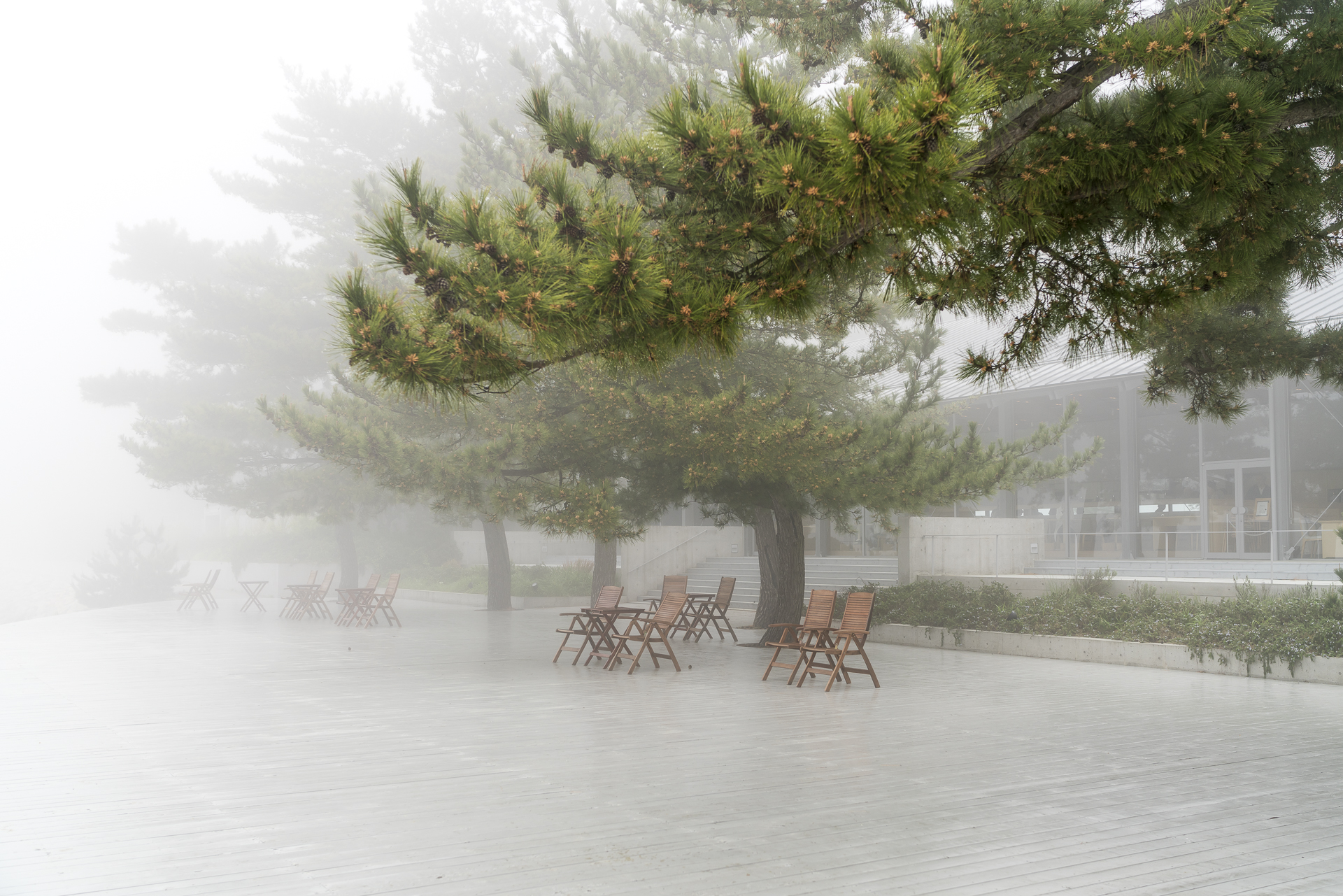







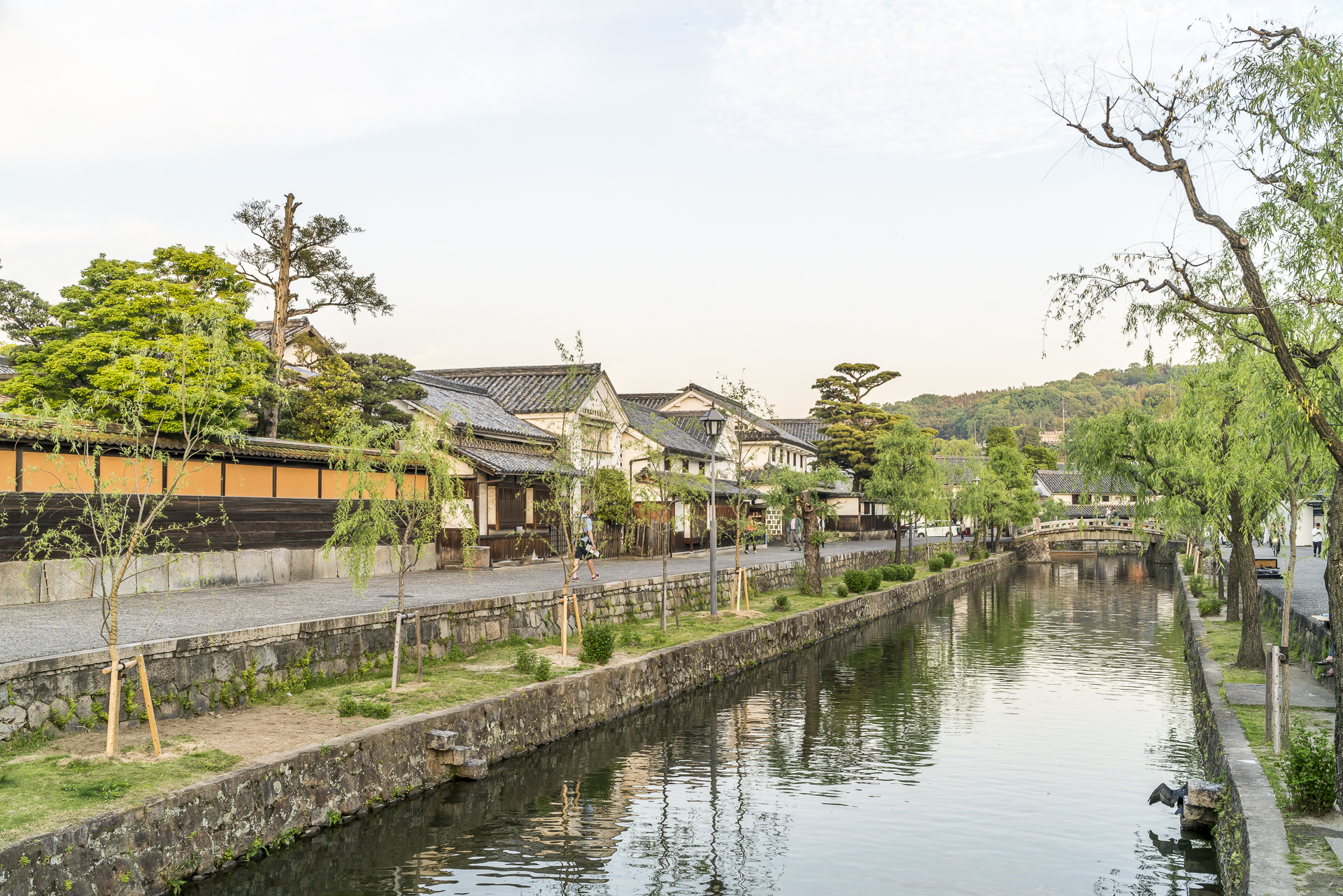
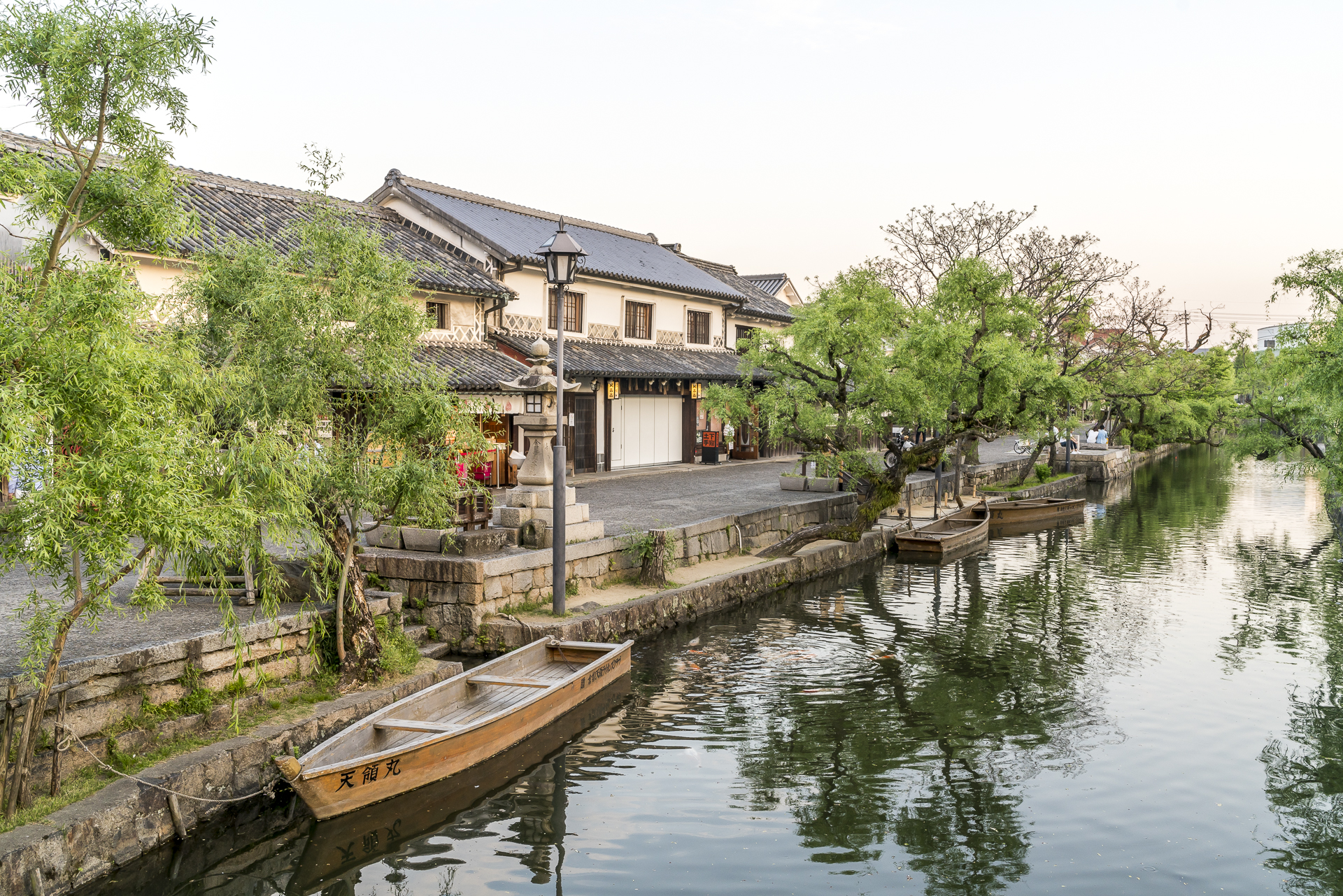
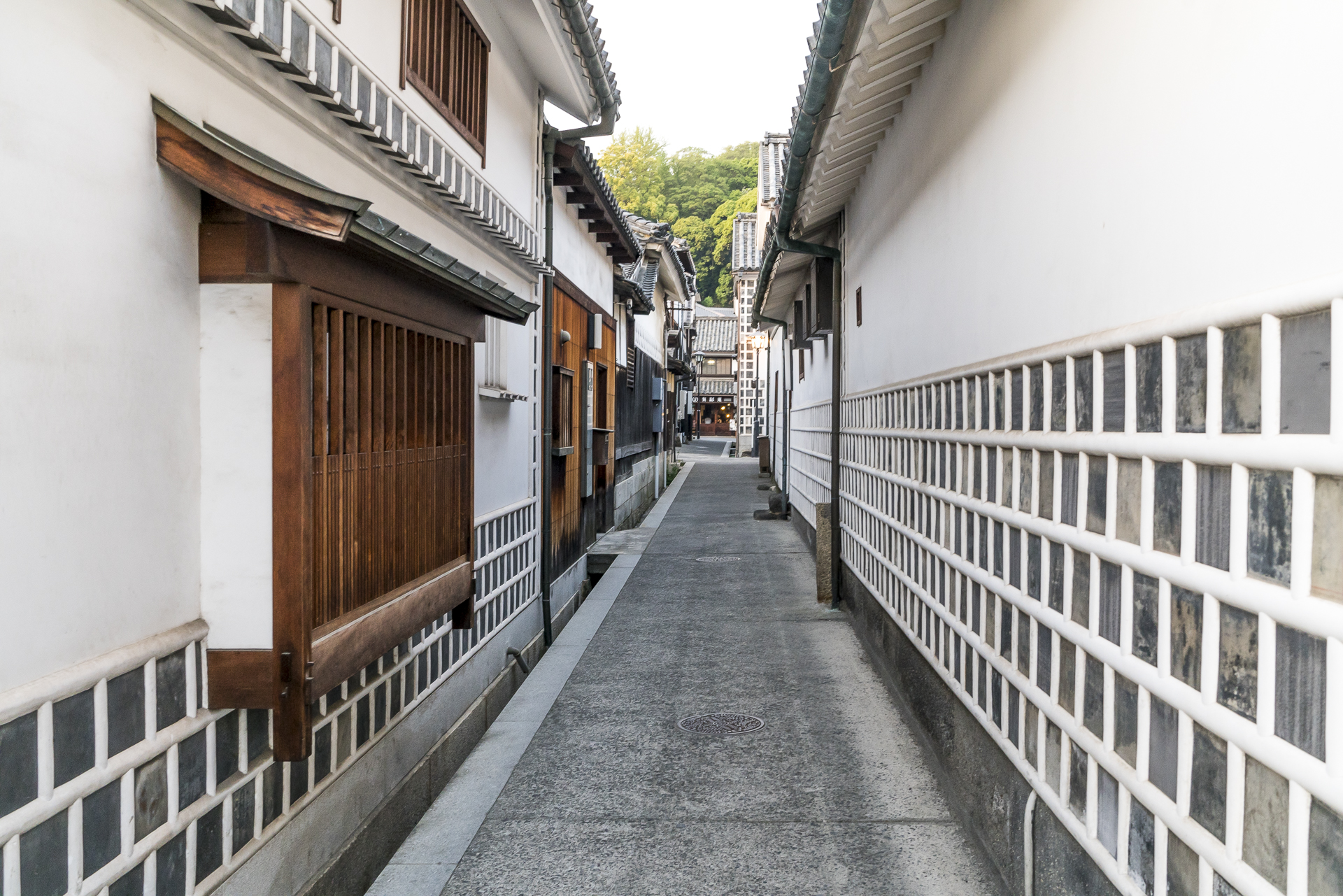

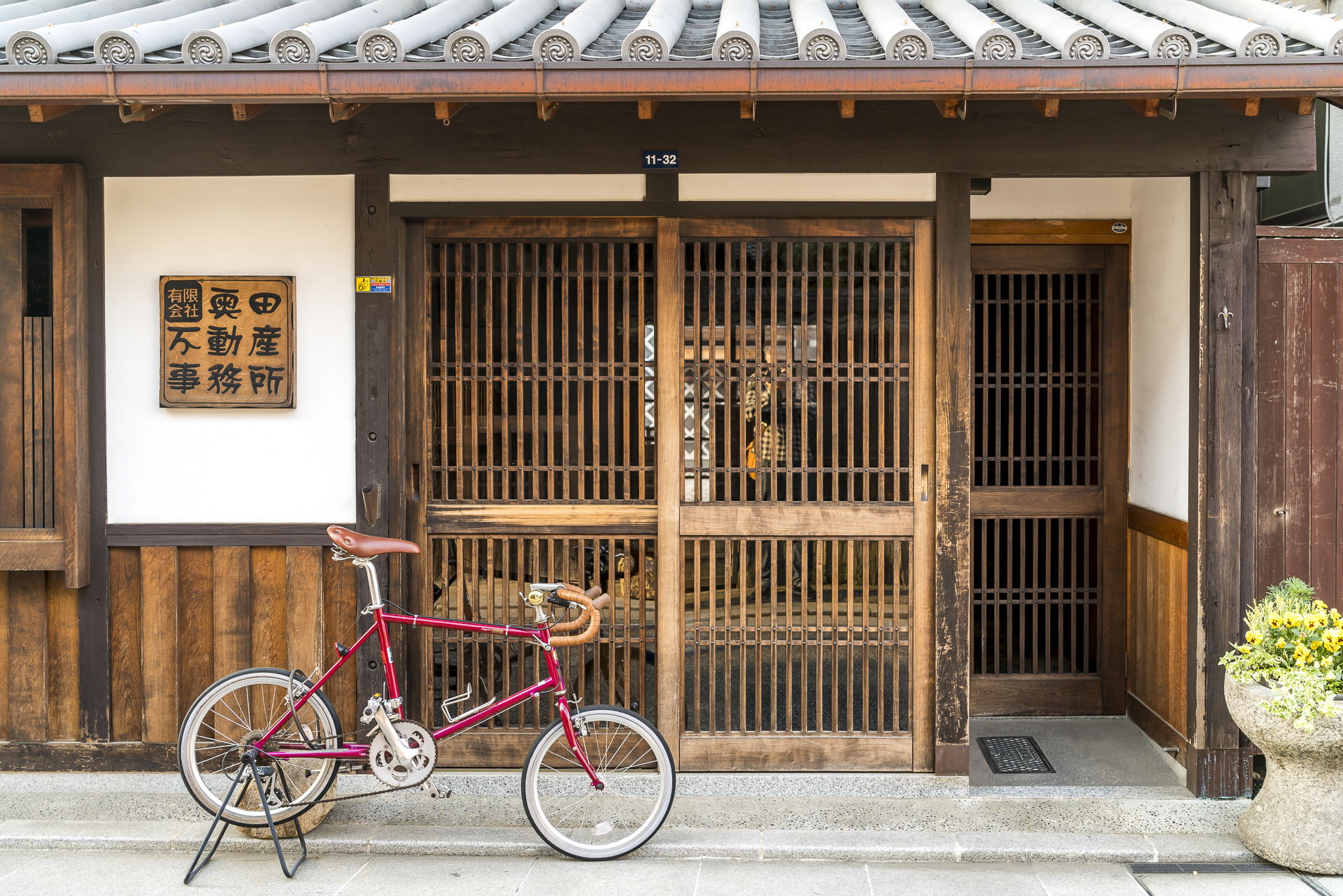

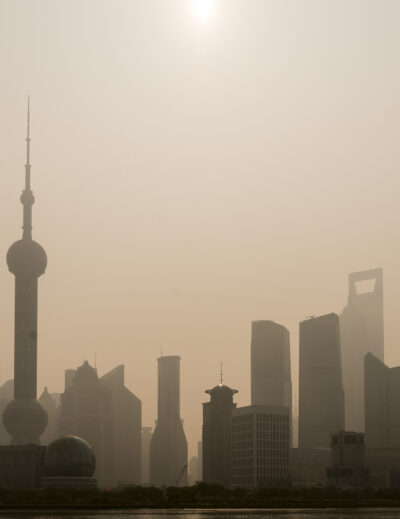
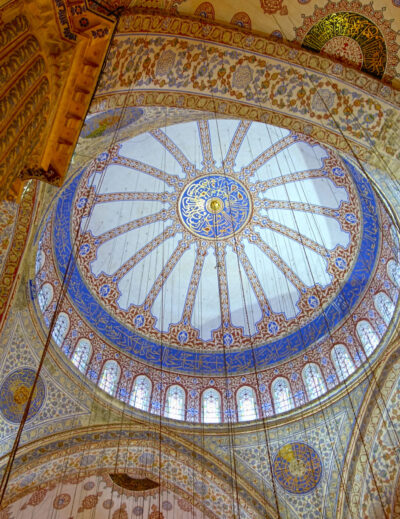
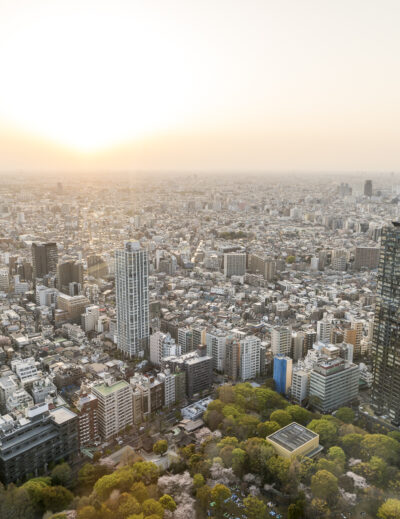
Leave a Reply